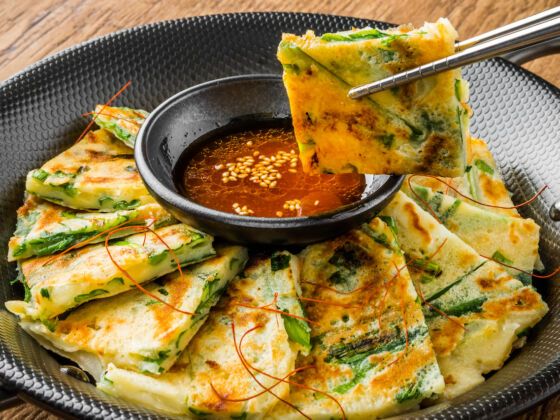Coming to Korea as a vegetarian is a little like going to Nashville if you hate country music. There’s not a lot that’s going to interest you. More omnivorous folk will enjoy Korean barbecue (galbi) and an astounding array of seafood. But vegetarians (in particular vegans) will have a much harder time of it.
For those who can compromise a bit (by, say, picking the pork out of their rice ball) Korea won’t be so daunting. But if you’re more committed to your salad diet, it’s not going to be easy. There are three main problems for vegetarians in South Korea.
